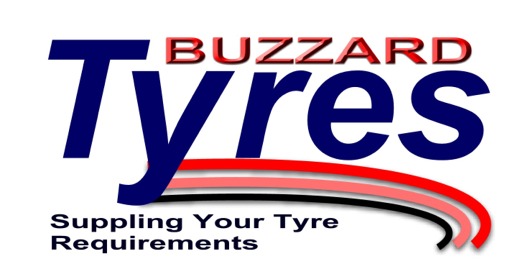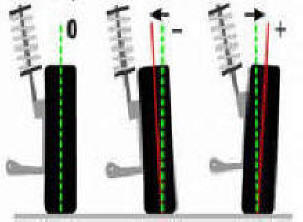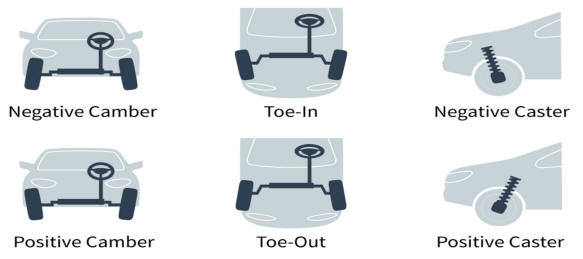
Tracking and 4 Wheel Alignment
 Wheel
alignment is actually suspension alignment
as it involves fine-tuning the angles of the
suspension system so the wheels are
literally pointed in the right direction.
Wheel
alignment is actually suspension alignment
as it involves fine-tuning the angles of the
suspension system so the wheels are
literally pointed in the right direction.
Wheel alignment isn’t usually listed as a regular maintenance item, but experts say there are a few times it should be checked: when suspension parts are replaced, if there are obvious signs of misalignment (such as the steering wheel being cocked to one side when the vehicle is going straight or if the vehicle consistently pulls to one side) or in cases of uneven, rapid or severe tyre wear.
In addition, alignment is advisable when tyres are replaced, especially if the old tyres wore prematurely or unevenly. If you’re spending £100's for new tyres, why not make sure a misaligned suspension won’t shorten their useful life? If the wheels aren’t pointed in the right direction, the tyres will be exposed to undue stress that will accelerate wear.
Alignment problems can be caused by hitting a pothole or a curb, but they can also be caused by worn or damaged suspension parts, such as ball joints, springs and tie rods. Worn springs on an older car, for example, will lower the ride height and adversely affect wheel alignment. For that reason, the suspension system should be inspected before deciding if a wheel alignment will solve your problem.
Modern Cars are developing safety features at an unprecedented pace See details of how ADAS affects your repairs
